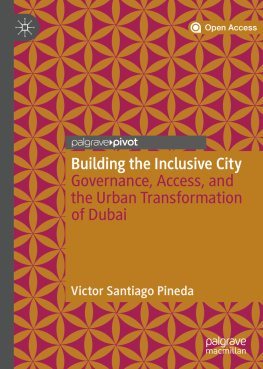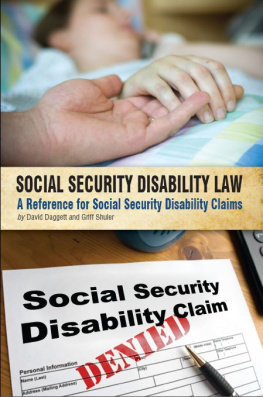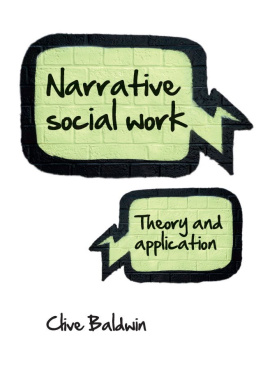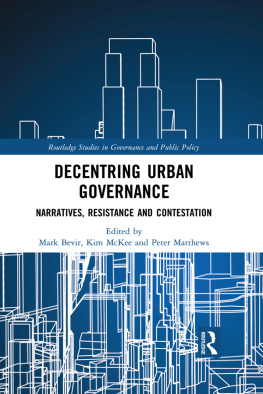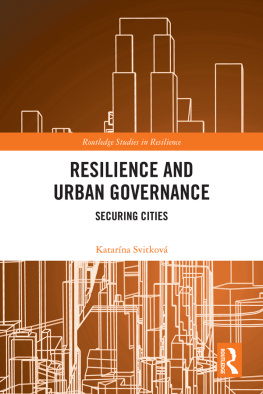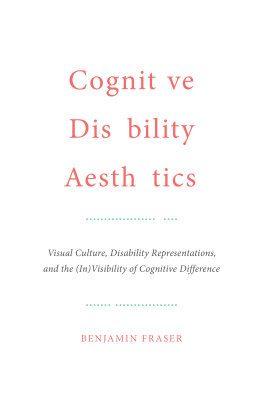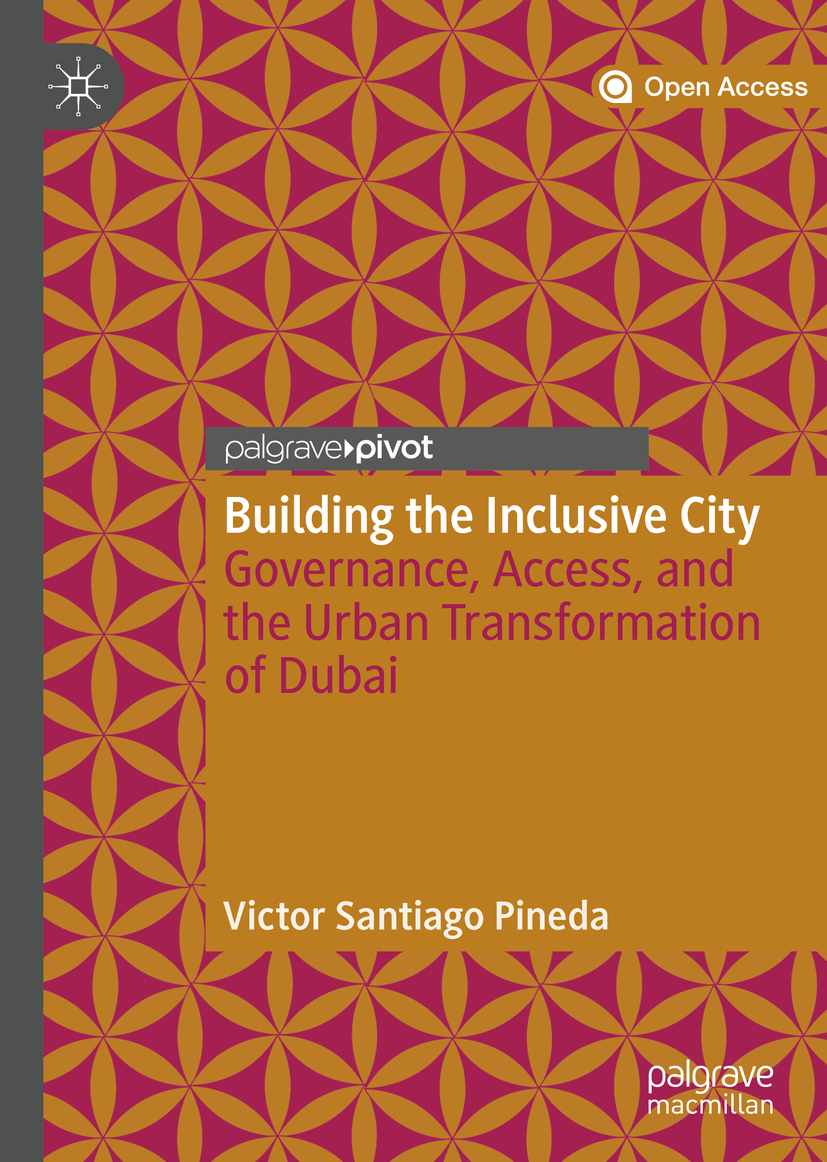Victor Santiago Pineda
University of California, Berkeley, CA, USA
ISBN 978-3-030-32987-7 e-ISBN 978-3-030-32988-4
https://doi.org/10.1007/978-3-030-32988-4
This book is an open access publication
The Editor(s) (if applicable) and The Author(s) 2020

Open AccessThis book is licensed under the terms of the Creative Commons Attribution 4.0 International License (http://creativecommons.org/licenses/by/4.0/), which permits use, sharing, adaptation, distribution and reproduction in any medium or format, as long as you give appropriate credit to the original author(s) and the source, provide a link to the Creative Commons license and indicate if changes were made.
The images or other third party material in this book are included in the book's Creative Commons license, unless indicated otherwise in a credit line to the material. If material is not included in the book's Creative Commons license and your intended use is not permitted by statutory regulation or exceeds the permitted use, you will need to obtain permission directly from the copyright holder.
The use of general descriptive names, registered names, trademarks, service marks, etc. in this publication does not imply, even in the absence of a specific statement, that such names are exempt from the relevant protective laws and regulations and therefore free for general use.
The publisher, the authors and the editors are safe to assume that the advice and information in this book are believed to be true and accurate at the date of publication. Neither the publisher nor the authors or the editors give a warranty, expressed or implied, with respect to the material contained herein or for any errors or omissions that may have been made. The publisher remains neutral with regard to jurisdictional claims in published maps and institutional affiliations.
This Palgrave Pivot imprint is published by the registered company Springer Nature Switzerland AG.
The registered company address is: Gewerbestrasse 11, 6330 Cham, Switzerland
For love,
The oasis of bliss, peace, meaning, and laughter
For my family,
Mother and father, a force of will and a gentle smile
Grandmother, unconditional acceptance
Brothers, a bond of strength
For mentors, visionaries and leaders,
Judy Heumann, the godmother for our movement
and others who show the way through public service
For teachers and students,
That clear the road toward knowledge
For the parents and advocates,
That battle for justice and dignity
For the future,
That engenders dignity
and
For the restless and generous people of the United Arab Emirates
Preface
As planners, our theories, concepts, and teachings define the ways in which an architect designs a home, a transportation engineer understands streets, a social worker provides community services, and politicians shape policies and laws. In my course Building the Inclusive City I like to remind my impressionable students that cities are not fixed; they are evolving systems of systems. These systems transform over time. They shape and are shaped by our values. The ideas shared in this book shape the way cities, nations, and regional institutions work.
In the coming pages, we will explore equity, justice, and access as fundamental values and as catalysts for innovations in sustainable urban development. The rapidly urbanizing city-state of Dubai is the stage where our story unfolds. The story of Dubai, as with any living city, continues to be written day by day. The book covers a range of events that shape the story of disability in Dubai, starting with the founding of the first specialized school for children with disabilities in the 1980s through 2013, when the citys legal, institutional, physical, and social reforms led to the passage of Dubai Law No. 2 on the Rights of Persons with Disabilities. Now more than ever, cities around the world need to focus on access and inclusion. Poor planning excludes and devalues large swathes of people. Ineffective plans limit economic productivity. The estimated 1 billion people who live with disabilities throughout the world deserve better.
My lived experience as a person with a disability drew me to equity-based planning research and equips me with a perspective that uncovers gaps in current research methodologies. This perspective helps me identify fresh approaches to building more equitable and sustainable cities.
Although this book focuses on Dubai, a wealthy city-state in the United Arab Emirates, it is not simply about this specific city. This book is about institutions and the role of access and equity in responding to the forces of globalization and urbanization. By studying the urban experience of disability outside the US, Europe, or Australia, this manuscript contributes a more nuanced perspective on the global discourse on the right to the city.
Three insights inform my approach herein. First, disability research, much like other urban or social issues, must be situated in a particular time and place. Second, access and inclusion form part of both local and global planning issues. Third, a twenty-first-century planning education should take access and inclusion into consideration by applying a disability lens to the empirical, methodological, and theoretical advances in the field. This book should be read as part of a larger struggle to define and assert access; its a story of how equity and justice are central themes in building the cities of the future and of today.
I provide a contemporary history of disability in city planning from a non-Western perspective and provide cultural context for its positioning. This book is an anthropological and urban study of the Emirate of Dubai, its institutions and their revolution, their successes and its failures. I hope this research can help inspire other cities to do more. I am pleased that this book will be available as open access and will help scholars and practitioners reconceptualize disability as a capability deprivation, not simply a medical condition.
By framing disability as a capability deprivation we can build more inclusive and accessible cities. I hope readers like you will use this book to inform their work on metropolitan planning, comparative social development, and urban equity. By bridging theory and practice, I hope to take you on a journey of hopes, dreams, and mostly untapped human potential of persons with disabilities, older persons, children, women, migrants, and anyone else who can benefit from and contribute to the building of an inclusive, innovative, rights-based, barrier-free city.
Victor Santiago Pineda
Berkeley, CA, USA
Acknowledgments
This book was a journey, and the journey continues. From my first visit to my last, I continue to be amazed by the generous people and the innovative spirit that characterizes the United Arab Emirates. This book would not have been possible without the support of hundreds of people who have touched these pages and helped give birth to a set of new ideas. These ideas were shaped and continue to shape a global dialogue on human rights and the manner in which dignity and fundamental freedoms are to be guaranteed to persons like me, and many of my most esteemed colleagues, who live with disabilities.

